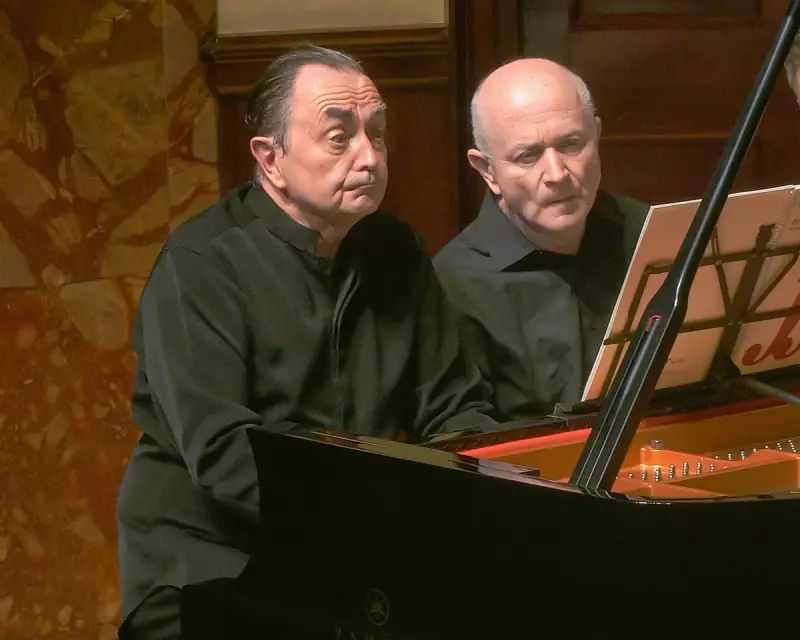
In an evening that will linger long in the memory of those fortunate enough to witness it, French pianist Pierre-Laurent Aimard transformed London's revered Wigmore Hall into a sanctuary of musical revelation. The celebrated virtuoso, known for his intellectual depth and technical brilliance, delivered a programme that spanned centuries while speaking with urgent contemporary relevance.
A Journey Through Musical Landscapes
Aimard's carefully curated selection took the audience on an extraordinary journey, beginning with Beethoven's enigmatic Seven Bagatelles, Op 33. Under his hands, these miniature masterpieces became profound statements, each revealing its unique character while contributing to a compelling larger narrative.
Contemporary Voices Echo Through the Hall
The programme's centrepiece featured Elliott Carter's Two Thoughts About the Piano, where Aimard demonstrated why he remains the foremost interpreter of complex contemporary works. His performance was nothing short of revelatory, making the challenging compositions feel both accessible and emotionally resonant.
The technical demands were staggering – clusters of notes, abrupt dynamic shifts, and intricate rhythmic patterns – yet Aimard navigated them with such natural fluency that the music seemed to breathe and speak directly to each listener.
Messiaen's Avian Universe Comes to Life
The evening reached its zenith with selections from Olivier Messiaen's Catalogue d'oiseaux, where Aimard's connection to his compatriot's music felt almost spiritual. The piano became an entire ecosystem, with bird songs, mountain landscapes, and changing light rendered in stunning sonic detail.
Particularly mesmerising was his interpretation of Le traquet stapazin (The Black-Eared Wheatear), where the hall fell completely silent, every audience member holding their breath as Aimard conjured the Mediterranean landscape at dusk through Messiaen's complex notation.
An Intimate Connection With Listeners
What set this performance apart was Aimard's remarkable ability to create intimacy within the formal concert setting. Between pieces, his brief but insightful commentary helped bridge the gap between composer and audience, between technical execution and emotional expression.
The atmosphere throughout was electric, with that rare concentration that only occurs when both performer and audience recognise they're participating in something truly special. The customary Wigmore Hall rustle of programmes and coughs disappeared, replaced by rapt attention.
A Master at the Peak of His Powers
Now in his late sixties, Aimard plays with the wisdom of experience combined with undiminished technical prowess. His interpretations felt both deeply considered and thrillingly spontaneous, as if the music were being discovered in the moment.
The programme's construction itself was a work of art, with each piece informing how we heard the next. The Carter compositions cast new light on the Beethoven, while the Messiaen provided a cosmic perspective that made everything that came before feel part of a grander design.
As the final notes of Messiaen's avian portraits faded into silence, the audience remained motionless for a long moment before erupting into the kind of ovation that acknowledges not just technical mastery, but a profound musical and spiritual experience.
In an era of increasingly homogenised classical performances, Aimard reminded everyone at Wigmore Hall why live music remains essential – not as museum preservation, but as vital, breathing art that continues to challenge, comfort, and transform us.





